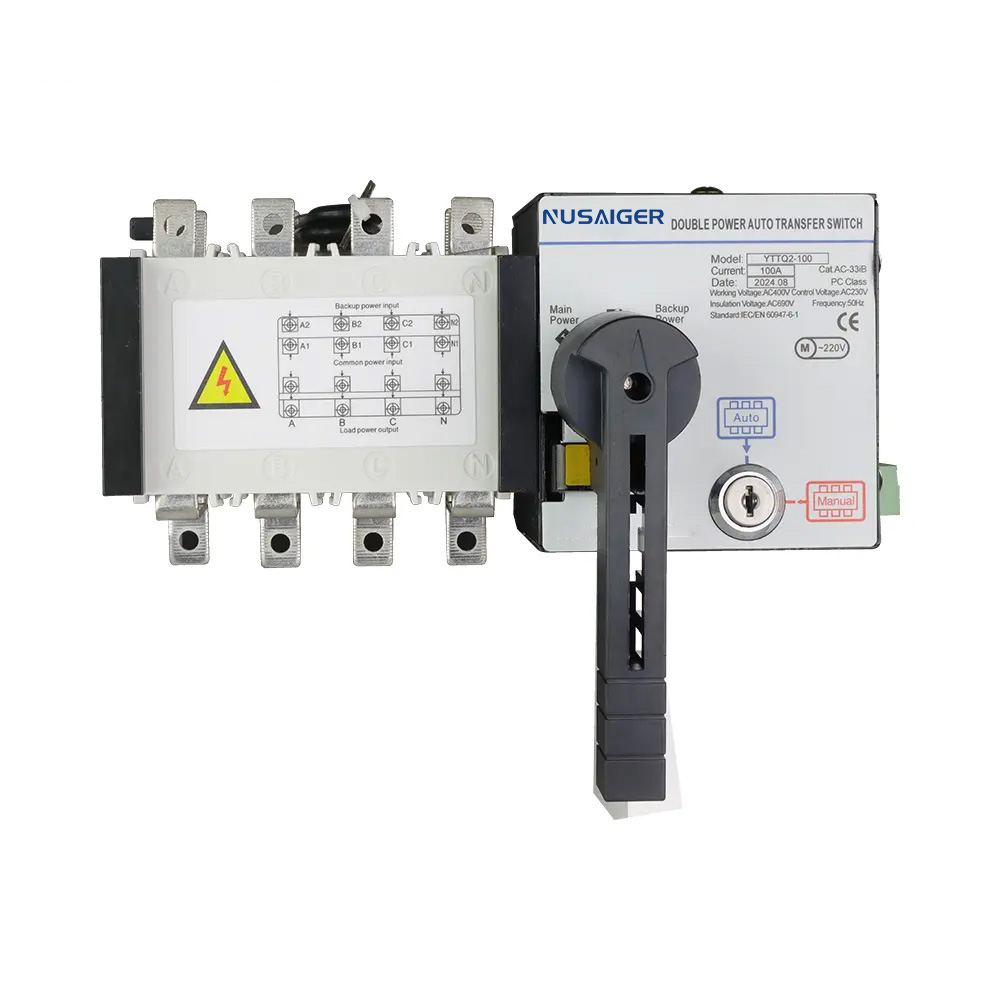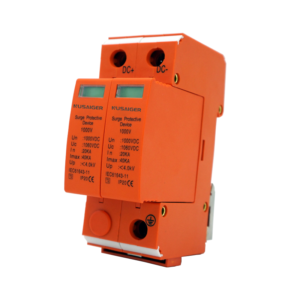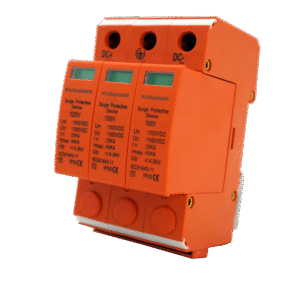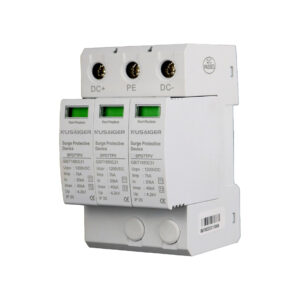Introduction
In a world that relies heavily on electricity, power continuity is critical—whether it’s for homes, hospitals, data centers, or industrial plants. When utility power fails, the consequences can be costly and dangerous. This is where an Automatic Transfer Switch (ATS) comes into play. It ensures that your electrical system seamlessly switches to a backup power source—usually a generator—within seconds, providing uninterrupted power.
What is an ATS?
An Automatic Transfer Switch (ATS) is an intelligent electrical device that automatically detects power loss and transfers the load to a secondary power source, such as a generator or a secondary utility feed. Once utility power is restored, it switches the load back to the main source.
How Does It Work?
Monitoring Power: The ATS constantly monitors incoming voltage from the primary power source.
Detection of Failure: When the voltage drops below a predefined threshold or fails completely, the ATS activates the standby power source.
Transfer: It disconnects the primary source and connects the load to the backup power.
Re-transfer: Once utility power stabilizes, the ATS switches back automatically.
Key Features
Fully automatic operation
Fast response time (milliseconds)
Manual override capability
Electrical safety & surge protection
Digital monitoring with alarms and diagnostics (in smart ATS units)
Where Is an ATS Used?
Hospitals and clinics
Data centers
Banks and financial institutions
Residential homes
Factories
Benefits of Using an ATS
Uninterrupted power supply
Safety during power transitions
No need for manual intervention
Ideal for critical and sensitive applications
Conclusion
Whether you’re safeguarding medical equipment, data, or your home’s comfort systems, an ATS is a worthwhile investment. It offers peace of mind and operational efficiency by ensuring your systems never miss a beat.



